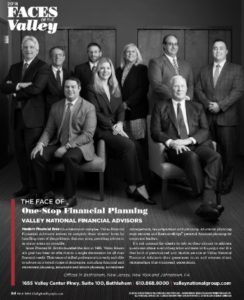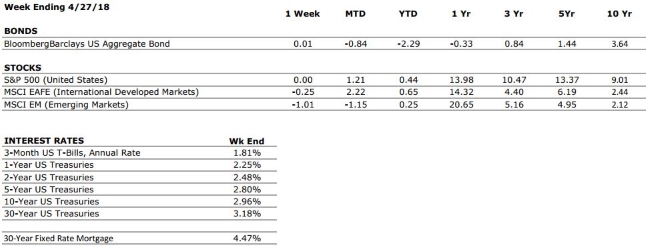by Timothy G. Roof, CFP®, Vice President
If you currently own a variable rate home equity line of credit you may want to consider other options. Many variable rate lines of credit are based off a widely published interest rate, such as the prime rate. The prime rate is currently 4.75%, so borrowing against your home is becoming more expensive. The Federal Reserve expects to raise interest rates two more times in 2018 and may continue to raise interest rates beyond 2018. This means your cost of borrowing will increase. Additionally, recent tax reform may affect the deductibility of mortgage interest paid on these loans.
The good news is you have options. You could consider locking in your interest rate with a fixed term home equity loan to pay off your line of credit, or pay off your loan if you have funds available to do so. Please contact us if this pertains to you so we may discuss your situation.


